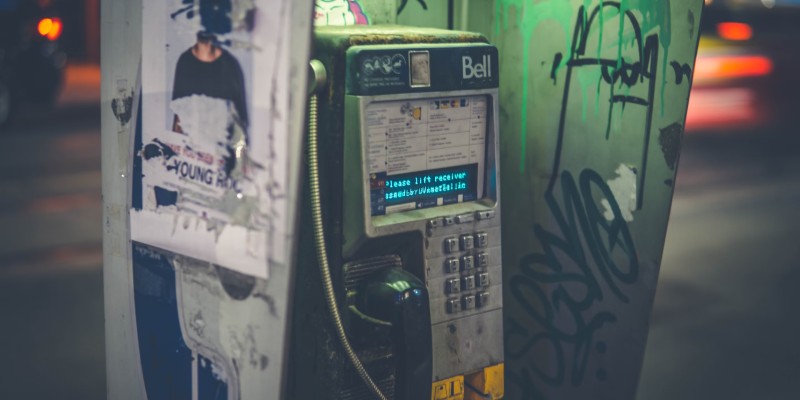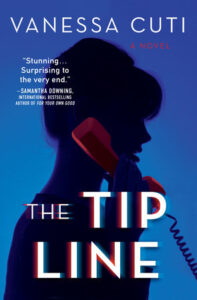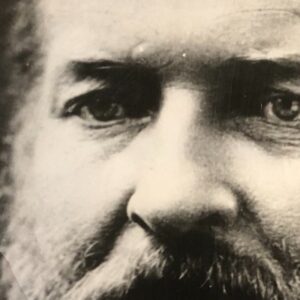Maybe it’s too easy to say that on one hand there’s fact and on the other there’s fiction. Fact being categorical. Full stop. And fiction being the pure impulse, the total freedom of its writer. The freedom to create a character from the ground up. To make worlds and timelines and maps and motives. The freedom to crack a plot wide open, rearrange the pieces and put it back together in a more fitting order. Fiction: where everything is completely invented. Created. Imagined.
But it’s probably fair to say that there’s always some fact in fiction. That threads of the author’s life have managed to become woven throughout, maybe even unconsciously. Snippets of real conversation are stitched in. A loved one’s worst personality traits have turned up somehow. Scraps of memories. That story you once heard about so-and-so and so you just change the names and then there you go.
And then there’s fiction inspired by a real event. To use a factual happening as a framework or background ensures a book can be rooted by its reader in a specific time and place though it leaves just about everything else open to the author’s rendering. This is fiction that acknowledges its point of origin but offers another angle. A completely created one that’s free to weave in the what-ifs. Or some of those snippets.
The Tip Line, my debut novel, is loosely inspired by my time working as a tip line operator at the police department in Suffolk County, New York, where, in 2010 and 2011, the bodies of several homicide victims were discovered along a stretch of oceanfront parkway near Gilgo Beach on the south shore of Long Island. The case remains unsolved to this day.
Here are five other novels inspired by real-life crimes:

See What I Have Done, by Sarah Schmidt
In 1892 in Fall River, Massachusetts, Lizzie Borden was arrested for the murders of her father, Andrew, and stepmother, Abigail, who were killed with an axe in their home. Though she was tried the following year she was eventually acquitted. Sarah Schmidt’s debut re-envisions the infamous case from multiple points of view: Lizzie herself; her sister, Emma; the household’s maid, Bridget; and a drifter and street criminal hired by an estranged Borden family member to strong-arm some familial negotiations. Through each point of view we come to see a different aspect of the complex family life seething within the Borden home as well as several motives and possible perpetuators.
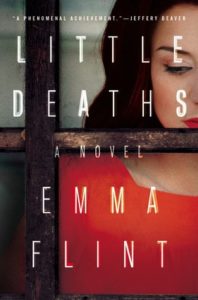
Little Deaths, by Emma Flint
Emma Flint’s Little Deaths reimagines the 1965, Queens, New York, murder of two young children and the subsequent arrest of their mother, Alice Crimmins. Flint’s book focuses on the crime’s aftermath from the perspectives of Ruth Malone—the fictionalized Crimmins—and that of a local news reporter who is not only obsessed with Ruth but is also convinced of her innocence. Malone is painted by the neighborhood gossips, press, and police as a sex-crazed and amoral woman and she’s eventually indicted, tried and sentenced. In Flint’s reimagining there is no clear evidence linking Malone to the deaths and plenty of police misconduct involved in the investigation. In real life, Alice Crimmins was convicted and sentenced for manslaughter though the conviction was overturned, only for her to be indicted again for murder and manslaughter. Eventually, both convictions were overturned before she was re-convicted of manslaughter and then ultimately paroled after serving time.

Please See Us , by Caitlin Mullen
Set against the backdrop of a resort town in decline, Caitlin Mullen’s debut moves through several perspectives as its characters work to make sense of the grisly discovery that opens the novel—the bodies of two slain women—and the nightmarish warning of five more victims to come. Please See Us introduces Clara, a local psychic; Lily, a young woman who has temporarily returned to her hometown to sort out her life; and the Jane Does themselves. The women’s stories are interwoven and inseparable, proving that regardless of their paths, they are all vulnerable to the threat of this unknown evil. The novel’s inspiration—an as-of-yet-unsolved case—is the 2006 discovery of four women found in a drainage canal near a motel on the outskirts of Atlantic City.
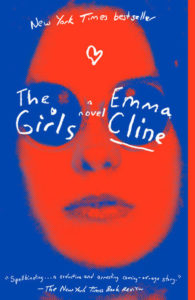
The Girls, by Emma Cline
In August of 1969, devotees of notorious cult leader Charles Manson killed six people in Los Angeles in a gruesome crime that would come to be known as the Tate-LaBianca murders, washing fear across the country. In Emma Cline’s debut, a now middle-aged Evie Boyd recounts her summer as an awkward and bored fourteen-year-old who has fallen under the spell of a Manson-like cult. In interspersed sections, Evie narrates from present day, thinking back on her reasons for joining the group but examines more pressingly why she was so thoroughly seduced by the women who had recruited her that she was willing to go anywhere with and do anything for them.

Babysitter, by Joyce Carol Oates
The Oakland County Child Killer, also known as The Babysitter, abducted and killed at least four children just outside of Detroit, Michigan, in 1966 and 1967. Joyce Carol Oates’ novel reconsiders the crime from several points of view: the deceased children themselves, who speak as an omniscient chorus, explaining their deaths and providing clues; a criminal’s lackey who is torn between the weight of his dark past and his desire to do what is right; and Hannah Jarrett, a housewife and mother of two young children who has just begun an affair with a mysterious man whom she becomes increasingly suspicious about and then eventually terrified of.
***

